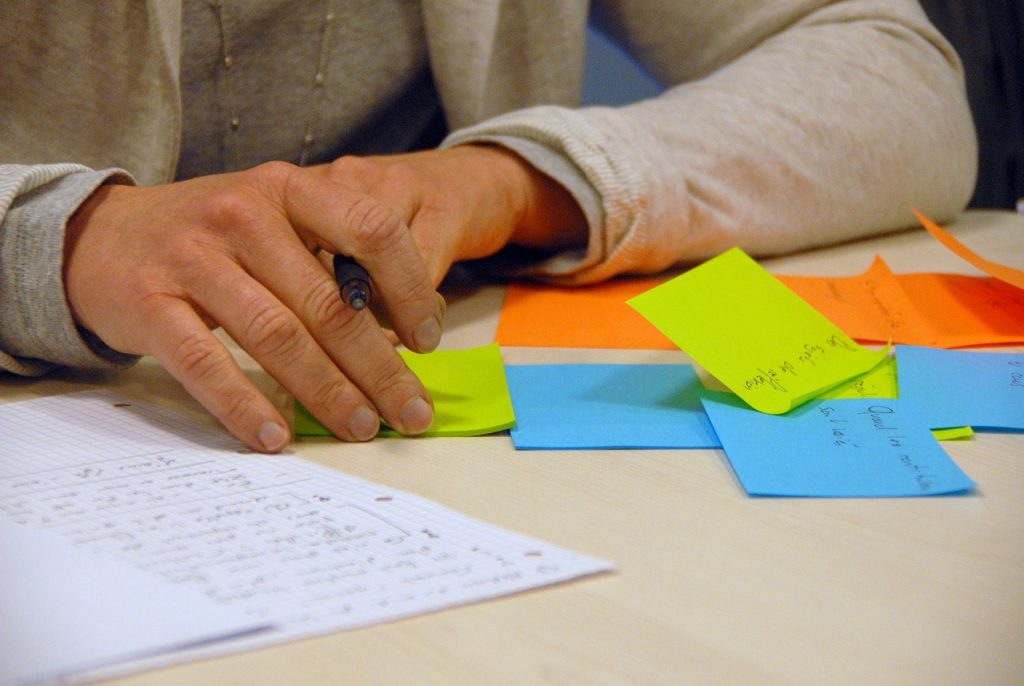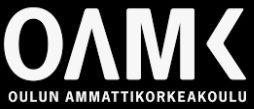Small environmental monitoring projects often take more time and effort than the profit received from them. A large organization depends on large projects to function, they should also be able to participate productively in smaller projects. The rising interest in lean principles in recent years reflects organizations’ striving for efficiency and sustainability during increasing competition. To make smaller environmental monitoring projects profitable and reasonable to do, it is crucial that all the possible waste in the process is detected and removed.
Environmental monitoring projects are grounded in environmental permits and associated monitoring programs, established according to regulatory requirements [1]. However, from a business perspective in the target company working on an environmental consulting these documents are not sufficient to manage the project and the profit of small environmental monitoring projects remains small.
Lean principles and philosophy have gained their role in different fields such as environmental consultancy. Lean management, traditionally adopted by manufacturing industries to improve operations by eliminating waste, has shown potential benefits for environmental consulting as well [2].
Lean principles
The very beginning for lean is known to came from Japan and especially from Toyota. Toyota’s focus on customer needs driven by limited resources led to the development of this flow-efficient production system, which became the foundation of lean principles. The Father of Toyota Production System Taiichi Ohno says ”All we are doing is looking at the timeline, from the moment the customer gives us an order to the point when we collect the cash. And we are reducing the timeline by reducing the non-value adding wastes.” This is built on the understanding of value from the customers point of view and how the company can produce value and work in a flow efficiency way by removing all the waste from the process. [3]
In flow efficiency the focus is on the overall efficiency of the organization to produce value, and the efficient use of resources has been forgotten. Flow efficiency measures the time to fulfil the need. Resource efficiency is the normal form of efficiency. The base of resource efficiency is best possible utilization of resources. This involves breaking tasks into smaller segments, each handled by a specific individual or department within the organization. [3]
The basic principles of lean are value and value stream, flow, pull and perfection. In this waste analysis the focus is on the value and value stream. The principle of value is defined by the customer. The lean principle of value stream encompasses all the steps and activities involved in transforming raw materials or inputs into finished products or services. Value stream mapping helps identify inefficiencies, redundancies and opportunities for improvement within the process. [4]
The aim of the value stream map is to illustrate the processes and areas within your organization or team where value is being created. Value stream mapping is used to identify and prioritize flow obstacles. To increase efficiency, it is necessary to identify the problems and solve them. The value stream is the time that takes from the customer’s order to that when the customer receives the outcome. By eliminating waste, the total turnaround time shortens, and often that is the main point that customers want. [5]
Project phases in a small environmental monitoring project
As a famous sentence in James P. Womack and Daniel T. Jones’s book Lean Thinking says, ”Lean provides a way to do more and more with less and less – less human effort, less equipment, less time, and less space – while coming closer and closer to providing customers with exactly what they want.” There is a need to describe what are the phases where human work, equipments, time, space, professionality and other resources are necessary. [4]
Project phases in environmental monitoring project normally includes the offer request from the customer, project initiation and planning, monitoring (field and laboratory phases), reporting and billing. Also, the possible feedback from the customer at the end of a project is necessary to remember. These are the necessary project phases in the small environment monitoring project that must be completed before the customer gets what they want.
Waste analysis and value stream mapping
In the thesis that is the basis of this article a survey was carried out. The survey was conducted to evaluate the existing project management stage and differences in management methods in the target company. The goal was to define procedures and identify areas where possible waste is appearing and to gather insights into the root causes of waste in the project management. The results of the survey showed that there are some waste in the process that could be reduced so actions to removing them had to be initiated.
The lean method chosen on the improvement task and waste analysis of the small environmental monitoring project management was the principle of value stream mapping. Value stream mapping involves mapping out the end-to-end processes required to deliver value to the customer, and it works well in this kind of work. All the steps and activities involved in a small environmental monitoring project, and its value stream needed to write open on the wall with post-it notes starting with the current state model and the aim was to have a ready future state model.
Development work began in the workshops where the project managers created a future state model about the phases in a small environmental monitoring project and represented their findings. One significant point noted was the need to clarify roles and responsibilities regarding who initiates the offer request phase of the project. The participants represented a need for a clear delegation of responsibilities, ensuring accountability and efficiency in this aspect of the process. The participants recognized that the lack of a standardized process contributed to inefficiencies, inconsistencies, and challenges in coordinating activities. Participants identified and addressed areas of waste, including redundant activities, unnecessary handoffs, and delays caused by unclear responsibilities. One area of the waste identified was the activities that can be done for example an office secretary. This way the process is done with flow efficiency way, and not by resource efficiency way, but this way the roles are more clearly, and the process still flows. (Image 1.)

From this future state model project managers collaboratively developed standardized template to the first part of the process, the offer request and project initiation and planning phase. The future state model includes the roles and responsibilities, steps needed to do and observations that were discussed in the workshops. The parts that included waste were considered and an effort was made to remove them from the future model.
The development task will continue and a whole future model where all of the project phases are handled is the next step needed to take in the company. With the help of the survey made in the thesis, answers were obtained about the waste in the project management of small environmental monitoring projects. Development targets were identified and measures to improve the situation were initiated. Positive things were also noticed and kept in mind when developing the first phases of small environmental monitoring projects. By creating a standardized model for the offer request and project initiation and planning phases and starting a work to create a complete standardized model, small environmental monitoring projects can be done profitably in the future.
Heli Ranta-aho
Student of Water and Environmental Management in Oulu University of Applied Sciences
Mohamed Asheesh
Senior Lecturer
Engineering
Oulu University of Applied Sciences
The article is based on the thesis: Ranta-aho, H. (2024). Management of Small Environmental Monitoring Projects Utilizing Lean Principles [Master's Thesis, Water and Environmental Management, Oulu University of Applied Sciences]. Theseus. https://urn.fi/URN:NBN:fi:amk-2024072924030
References
[1] Ympäristönsuojelulaki 27.6.2014/527. https://www.finlex.fi/fi/laki/ajantasa/2014/20140527
[2] Ball, D. R., & Maleyeff, J. (2002). Lean Management of Environmental Consulting. Journal of Management in Engineering, 19(1), 17–24. https://doi.org/10.1061/(ASCE)0742-597X(2003)19:1(17)
[3] Modig, N., & Åhlström, P. (2013). Tätä on Lean. 2. p. Rheologica Publishig.
[4] Womack, J. P., & Jones, D. T. (1996). Lean Thinking: Banish Waste and Create Wealth in Your Corporation. Simon & Schuster UK Ltd.
[5] Väisänen, J. (2013). VSM (Value Stream Mapping) – Arvovirtakuvaus. Quality Knowhow Karjalainen Oy. https://qkk.fi/vsm-arvovirtakuvaus/

Vastaa
Sinun täytyy kirjautua sisään kommentoidaksesi.